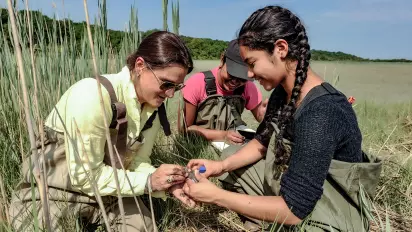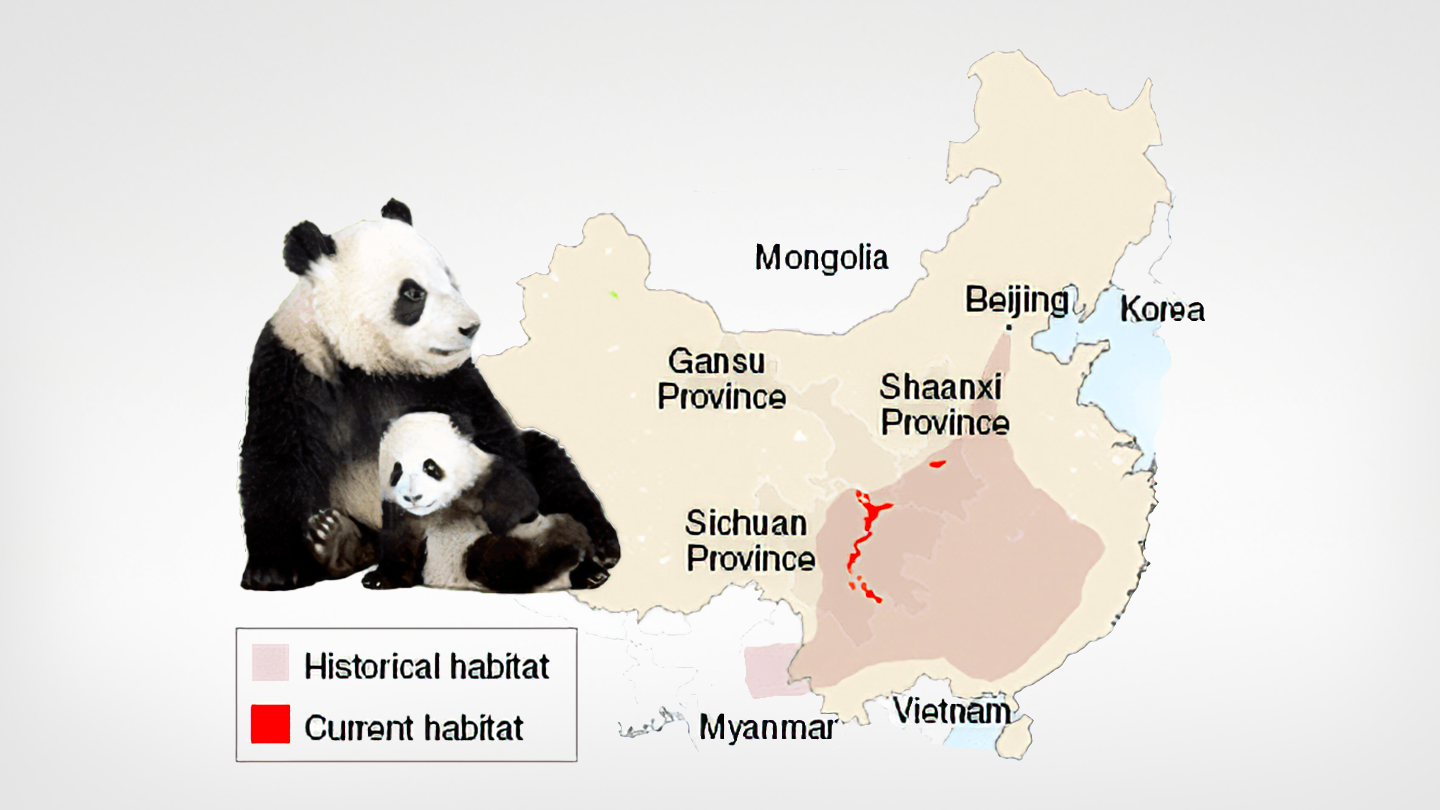
Regardless of their career paths, your students will face personal and professional choices that center around the many changes and issues facing the environment. Global climate change, species decline, limited resources and energy emergencies, and the emergence and spread of novel pathogens are all issues they will read about, vote on, and act on. These lab activities are designed to enhance their interest and understanding of ecology and environmental science and their ability to assess scientific information.
-
Image

DNA Barcoding Kits
Explore local biodiversity by incorporating PCR, DNA sequencing, and bioinformatics to identify species of fish, mammals, insects, or fungi using a DNA barcode.
-
Image

Photosynthesis and Cellular Respiration Kits
Investigate photosynthesis and cellular respiration using premade algae beads, which perform both these processes within the same cell! Explore how the rates of photosynthesis and cellular respiration can impact the homeostasis of an ecosystem, and how different environmental factors, such as light and temperature, can regulate both processes.
-
Image

Biofuel Kits
Examine the activity of cellobiase, an enzyme mushrooms use to break down plant material into glucose, which can then be fermented into biofuel. Students extract and assay the enzyme from different mushrooms to investigate how cellobiase activity relates to the ecology and habitat of the mushrooms. They then assume the role of bioengineer to explore solutions to real-world energy issues and investigate how to optimize the efficiency of cellobiase for biofuel production.
-
Image

Giant Panda Problem Kit for AP Biology
Put students in the role of conservation scientists as they learn about the natural and human forces that have contributed to declining giant panda populations and current efforts to restore them. They also apply two variations of an enzyme-linked immunosorbent assay (ELISA): the first checks simulated panda urine samples for biomarkers of a pregnancy complication, and the second predicts ovulation times.
-
Image

PV92 PCR Informatics Kit
Students extract DNA from their cheek cells or hair follicles and then use PCR and electrophoresis to fingerprint their own DNA. This lab activity is a great way for students to get personal with the Hardy-Weinberg equilibrium!
-
Image

C. elegans Behavior Kit
Explore the genetics behind how microscopic worms, which are essential to soil ecology, sense their environment as they hunt for food. Compare a wild-type strain of C. elegans to a neurologic mutant to understand how a loss of the AIY and ASE neurons impacts learning capacity through a chemotaxis experiment.
-
Image

GMO Investigator Kit
Students extract DNA from food samples and then apply PCR and DNA electrophoresis to test for the presence of two GMO-associated DNA sequences.
-
Image

Microbes and Health Kit
Metabolic reactions provide energy for bacteria as they change food into secreted waste products. In some cases, these waste products help create foods we eat. In other cases, bacterial growth causes disease. Students examine the risks and benefits of bacteria to understand their roles in the environment — from cheese to disease.
-
Image

GMO Investigator Real-Time PCR Starter Kit
Illustrate the principles of real-time quantitative PCR (qPCR) and its use in testing foods for the presence of genetic modifications.









